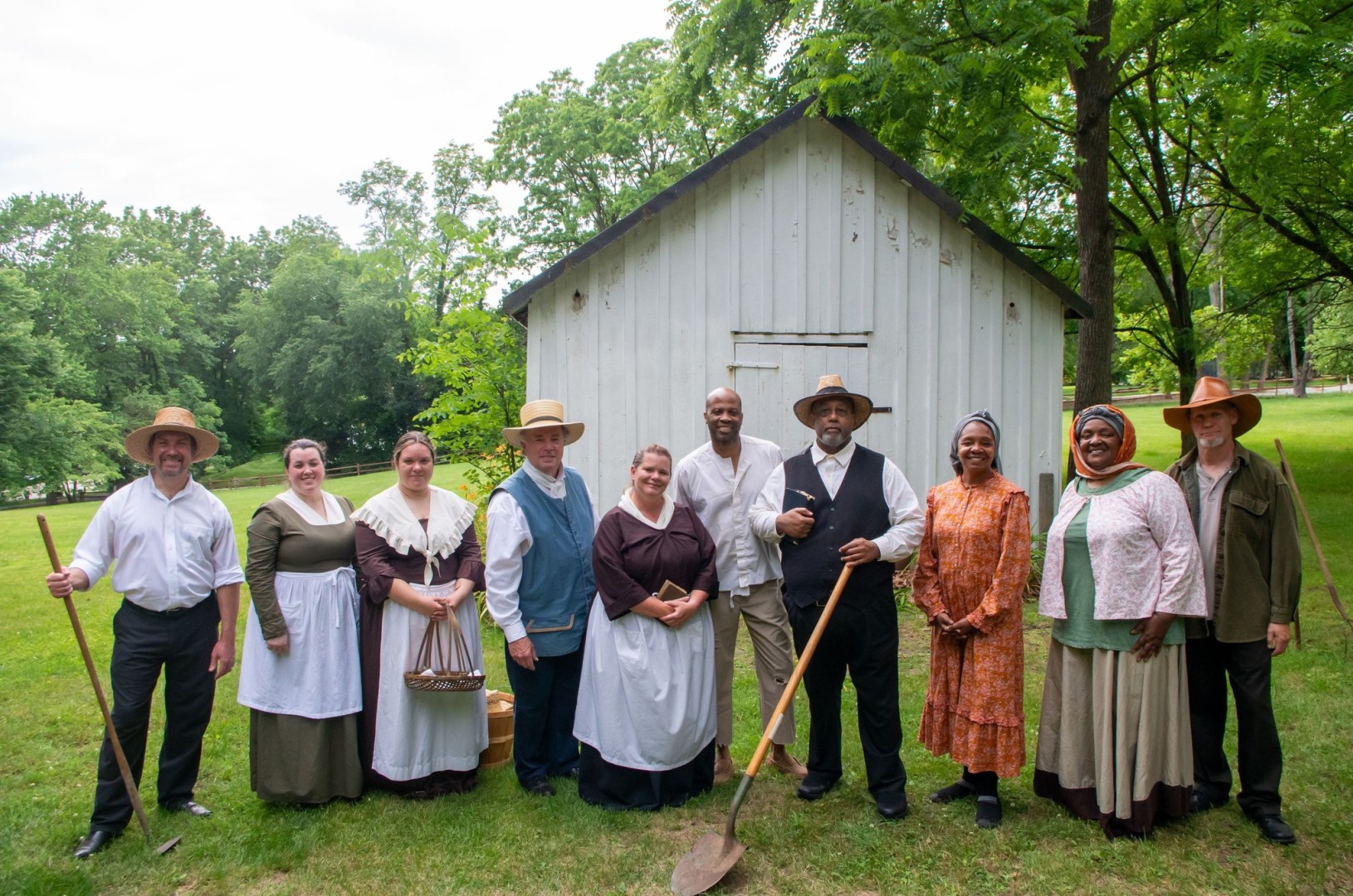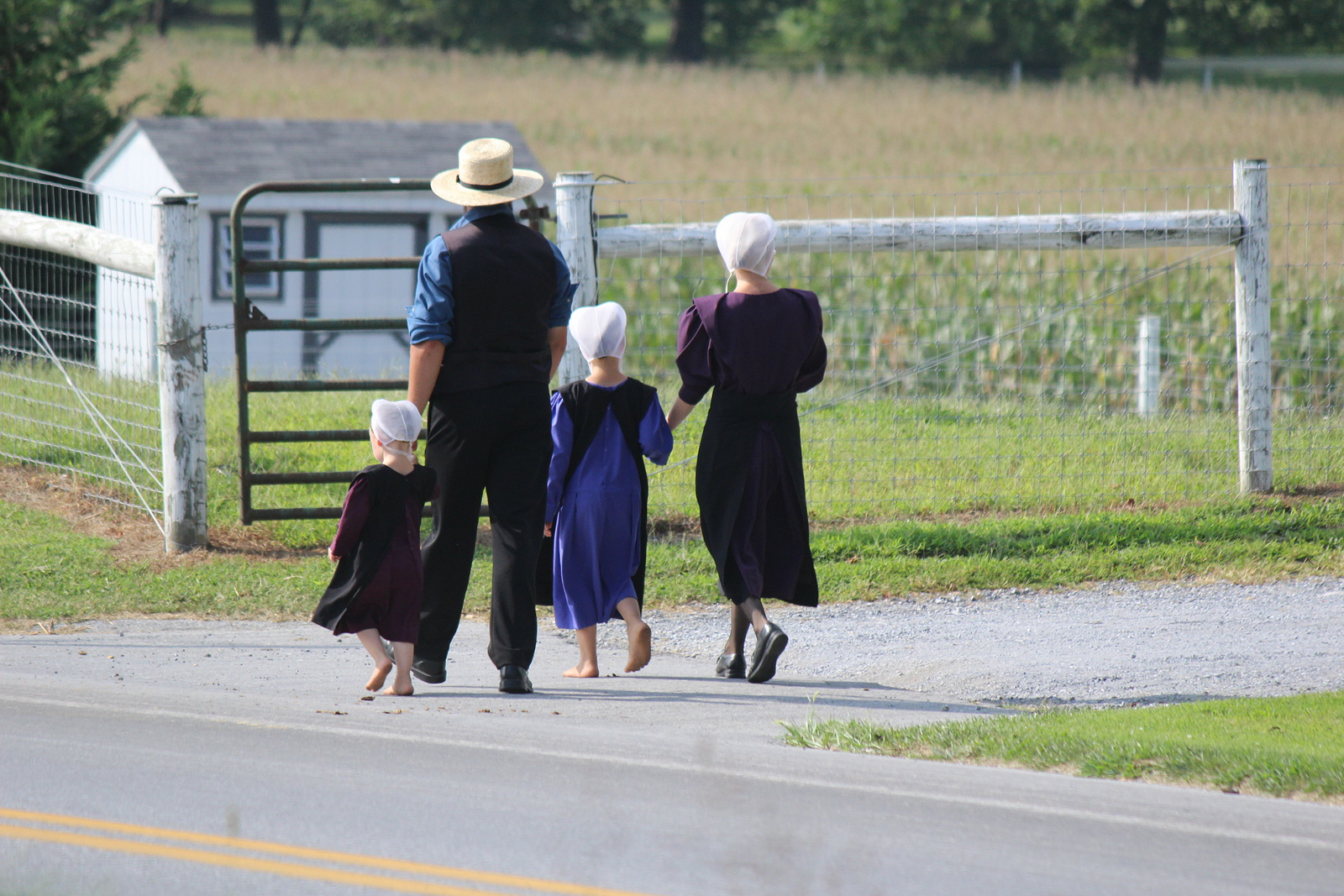Tracing the Early Roots of the Amish Movement
The Amish movement has deep historical roots in Europe, originating during a period of religious upheaval and reform. By tracing these early origins, we can understand how faith, persecution, and a commitment to community shaped the traditions that Amish communities maintain today. From Switzerland and southern Germany to the American heartland, the story of the Amish is one of resilience, faith, and cultural preservation.
The Anabaptist Reformation
Origins of the Anabaptists
The Amish emerged from the broader Anabaptist movement during the 16th-century Protestant Reformation. Anabaptists rejected infant baptism, advocating for adult baptism as a conscious expression of faith. This radical stance often placed them in conflict with both Catholic and Protestant authorities, leading to persecution, imprisonment, and social marginalization.
Core Beliefs
Anabaptists emphasized personal faith, nonviolence, simplicity, and community accountability. They rejected worldly power and material excess, favoring humility and devotion to God. These beliefs laid the foundation for the values that later defined the Amish movement.
Jakob Ammann and the Formation of the Amish
The Schism
In the late 17th century, Jakob Ammann, a Swiss Mennonite leader, advocated for stricter adherence to church discipline and separation from worldly influences. Ammann’s followers insisted on shunning members who strayed from community rules, reinforcing communal accountability. This approach contrasted with more lenient Mennonite practices, leading to a division that gave rise to the Amish as a distinct group.
Principles and Practices
Ammann’s followers adopted plain clothing, simple living, and strong communal ties. Religious observances, modesty, and avoidance of worldly technologies became defining features. These practices emphasized humility, equality, and faith, forming the cultural and spiritual framework that persists in Amish communities today.

Early European Amish Communities
Switzerland and Southern Germany
The first Amish communities developed in Switzerland and the Alsace region of southern Germany. These rural settlements allowed families to live closely together, farming the land and practicing trades that ensured self-sufficiency. Communities were tightly knit, and daily life revolved around family, faith, and shared responsibilities.
Facing Persecution
Amish communities often faced hostility from state and church authorities due to their refusal to conform to mainstream religious practices. Persecution included fines, imprisonment, and social ostracism. These challenges reinforced a culture of resilience, reinforcing the need for tight-knit communities and strict adherence to religious values.
Cultural Practices
Even in early Europe, Amish communities valued simplicity, sustainable farming, and craftsmanship. Clothing was plain, homes were modest, and families worked together to maintain self-sufficiency. These practices ensured survival while preserving cultural identity.
Migration to America
Seeking Religious Freedom
Persecution and limited economic opportunities prompted many Amish families to migrate to America in the 18th century. Pennsylvania, with its tolerance for religious diversity, became a primary destination. Immigrants found fertile land, freedom to worship, and the ability to establish communities reflecting their beliefs.
Preserving Traditions Abroad
Migration did not dilute Amish practices. Instead, it allowed communities to maintain religious observances, traditional clothing, craftsmanship, and agricultural methods while adapting selectively to new environments. This careful balance of continuity and adaptation helped secure the survival of Amish culture in the New World.
Experiencing the Early Roots Today
Visitors can observe the enduring legacy of early Amish traditions through cultural tours, farm visits, and artisan workshops.
-
Farm Tours: Learn about sustainable farming techniques rooted in European practices.
-
Craft Workshops: Observe woodworking, quilting, and other crafts reflecting centuries-old methods.
-
Historical Exhibits: Explore museums and heritage centers documenting the migration and early communities.
-
Guided Tours: Gain insight into the values, faith, and lifestyle decisions that shaped the movement.
Conclusion
Tracing the early roots of the Amish movement reveals a story of faith, perseverance, and cultural preservation. From the Anabaptist Reformation in Europe to the formation of distinct Amish communities under Jakob Ammann, early practices established the foundation for a way of life centered on humility, simplicity, and community. Migration to America allowed these traditions to flourish while adapting thoughtfully to new circumstances. Today, Amish communities in Pennsylvania, Ohio, and Indiana continue to honor their heritage, providing visitors with a living example of resilience, faith, and cultural continuity. Understanding these origins offers a deeper appreciation for how history, belief, and communal values shape the distinctive Amish identity that endures in modern times.



